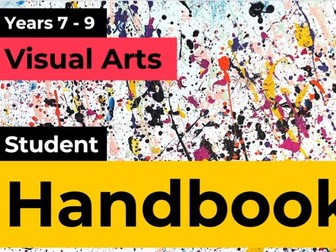Year 8 Art & Photography Unit titled "ALIVE
<p>The Year 8 Photography Unit titled “ALIVE” is designed to introduce students to key photographic concepts and techniques, providing a foundational experience that helps them decide if they want to pursue photography at GCSE. This unit blends creativity with technical skill-building and encourages students to explore photography’s expressive potential.</p>
<p>Key Objectives:</p>
<p>Introduction to Composition: Students begin by learning the fundamental compositional rules such as the Rule of Thirds, Leading Lines, Framing, and Symmetry. These lessons aim to develop critical thinking about how composition can influence the visual impact and effectiveness of an image.<br />
Exploring the Formal Elements: As the unit progresses, students engage with the formal elements of photography, including line, shape, form, colour, texture, and space. They practice capturing these elements through photography tasks around the school, enhancing their observational skills and ability to apply these elements in their work.<br />
Photographer Investigation: In the middle of the unit, students are introduced to the work of influential photographers such as Slinkachu and Brian McCarty. They research their chosen photographer, create a visual analysis, and reflect on how the photographer’s techniques and themes could inspire their own work.<br />
Photoshoot Skills Development: Towards the end of the unit, students plan and execute their own photoshoots, focusing on storytelling and technical skills. They are encouraged to develop miniature scenes inspired by their chosen photographer, using props and careful attention to lighting and composition.<br />
Creative Reflection and Evaluation: Throughout the unit, students are asked to reflect on their most successful photographs, using descriptive and analytical language to evaluate how the formal elements were applied and how they can continue improving their technique.<br />
This unit offers an immersive experience in photography, allowing students to explore both creative and technical aspects while building confidence in their skills. It serves as an excellent introduction to the subject for those considering it as a GCSE option.</p>





